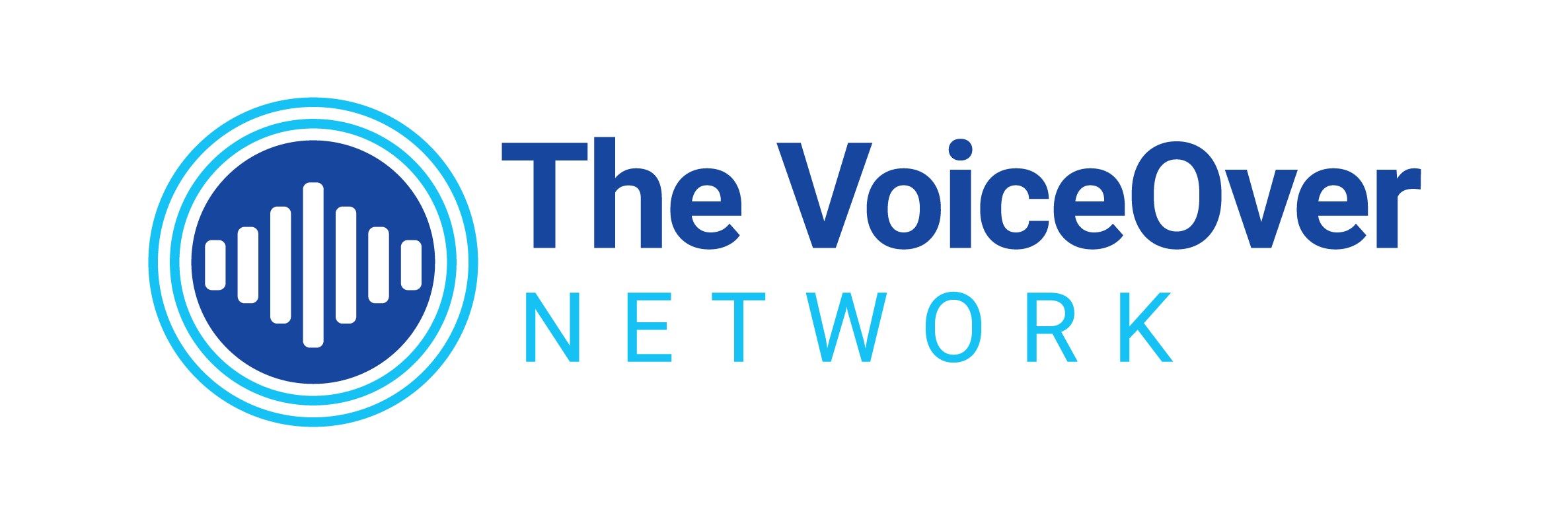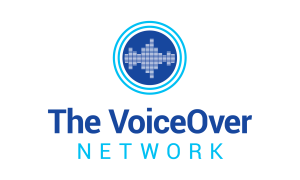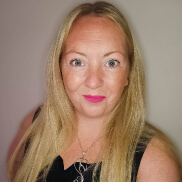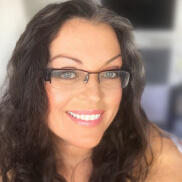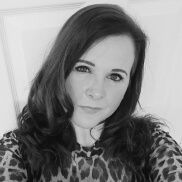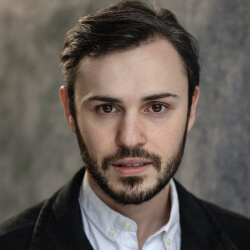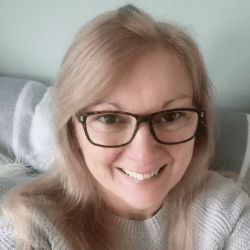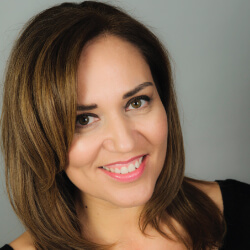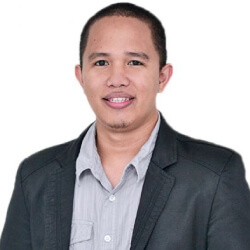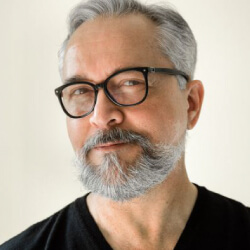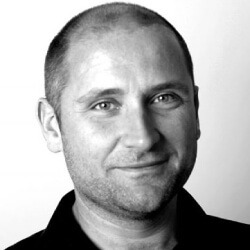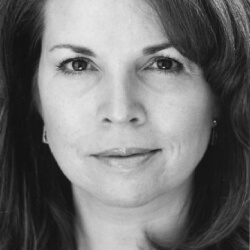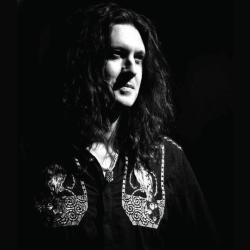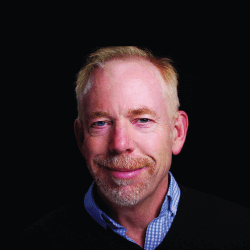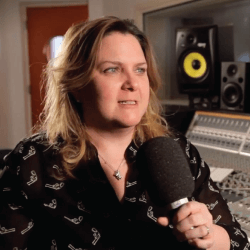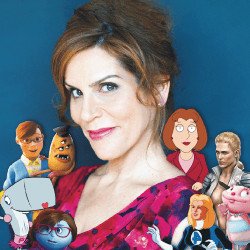In 1987, inspired by the exploits of my hero Bruce Springsteen, who five years earlier had released his album “Nebraska” – produced on a 4-track cassette recorder: the famous Tascam 144 – I bought Tascam’s “Porta Two”, which was an improved version of “The Boss” mystical recorder. I started playing around with it and then producing multitrack recordings of some quality from my home. I made music and voiceover demos and, in fact, even made a radio show that way, but I was still far from having producers accept a home recording. They wouldn’t even accept castings recorded in this way.
A short time passed, and we started digitizing. Goodbye, tapes – long live Pro Tools! And we all know how the story went on. Digital technology, which was prohibitively expensive in the beginning, became more democratic, and we started to set up our home studios, and we all became true Alan Parsons. Remote connection with elitist ISDN codecs arrived, but this was superseded by Source Connect and more economical options such as ipDTL, ConnectionOpen and, if not, at least Skype. Long live connectivity! But… what about video synchronization for dubbing? One small problem: latency. During my last year at Disney, I supervised my projects using Blue Jeans, the video conference system, connecting the studio console to the computer to listen to my actors’ performances in real-time, and also supervising the dialogue editing. But the video component was still missing. Latency! That’s when someone told me about a crazy method for recording on the cloud. What? Recording using my browser with a USB microphone? Ha!
The dubbing industry, I’ve said it before, is an industry at odds with itself and reluctant to change.
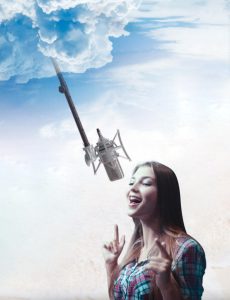 The dubbing industry, I’ve said it before, is an industry at odds with itself and reluctant to change. After I departed from Disney, I found myself face with that dilemma and my own lack of appetite for change. Then that crazy idea from months before came back to me, now with a job proposal, and I fell in love with the possibility of starting the change by combining innovation and experience. Finally, a platform that allowed us to connect in real-time with the director to record lip-sync projects with quality, and without latency: ZOODubs. I started inviting the best and most avant-garde colleagues I knew, and they initiated the change. ZOODubs represents the democratization of dubbing also, because after meeting some technical requirements and passing some simple tests, the actors get in touch with the best dubbing directors in different languages without having to go through the long period of visiting studios to get a chance to record. Today I record with my best talents regardless of their physical location, opening the doors that previously were not available to actors living outside the big cities where the industry traditionally operates. Of course, there were (and still are) those who do not believe in things like that (such a thing).
The dubbing industry, I’ve said it before, is an industry at odds with itself and reluctant to change. After I departed from Disney, I found myself face with that dilemma and my own lack of appetite for change. Then that crazy idea from months before came back to me, now with a job proposal, and I fell in love with the possibility of starting the change by combining innovation and experience. Finally, a platform that allowed us to connect in real-time with the director to record lip-sync projects with quality, and without latency: ZOODubs. I started inviting the best and most avant-garde colleagues I knew, and they initiated the change. ZOODubs represents the democratization of dubbing also, because after meeting some technical requirements and passing some simple tests, the actors get in touch with the best dubbing directors in different languages without having to go through the long period of visiting studios to get a chance to record. Today I record with my best talents regardless of their physical location, opening the doors that previously were not available to actors living outside the big cities where the industry traditionally operates. Of course, there were (and still are) those who do not believe in things like that (such a thing).
Today the dubbing industry is living a historic moment thanks to the amount of content available. In the face of the current pandemic, the industry came to standstill, and content producers and distributors began to focus their attention on dubbing done at a distance. The actors and directors who believed in and developed this option have not stopped working, and today they are recording all day every day. Other content localization companies are trying to develop their own platforms, and that benefits all of us voice talents and invites us to change, giving us options for work in the future and in these times of involuntary isolation. If you want to approach ZOO Digital, follow this link: https://www.zoodigital.com/work-with-zoo/voice-talent
And yes! I still have my “Porta Two” in the glass cabinet where I keep all the gadgets that made me who I am.
By: Raul Aldana
Voiceover Artist, Director and Casting Director
